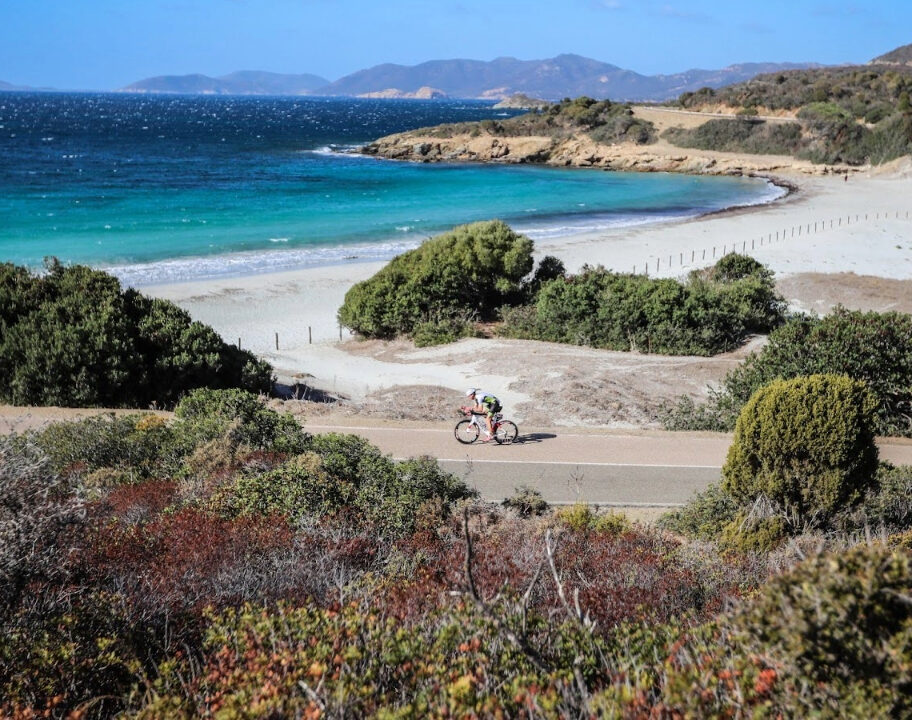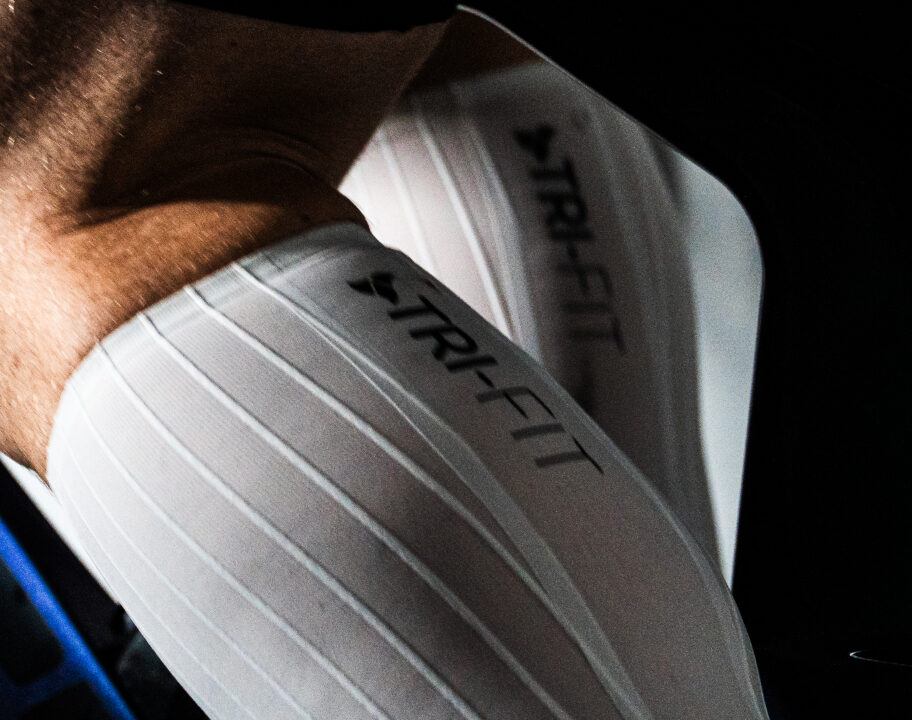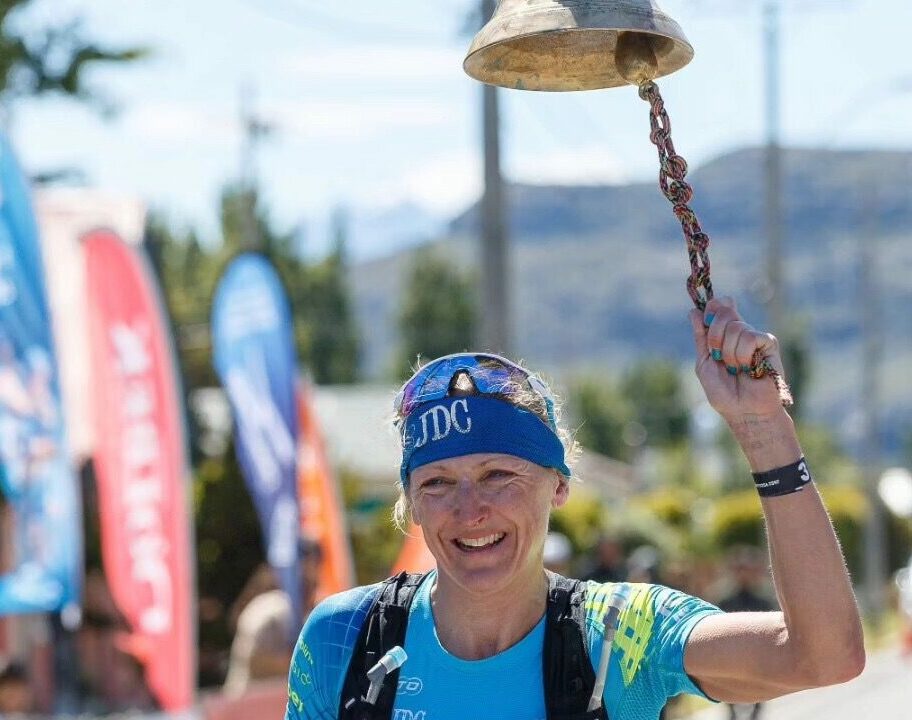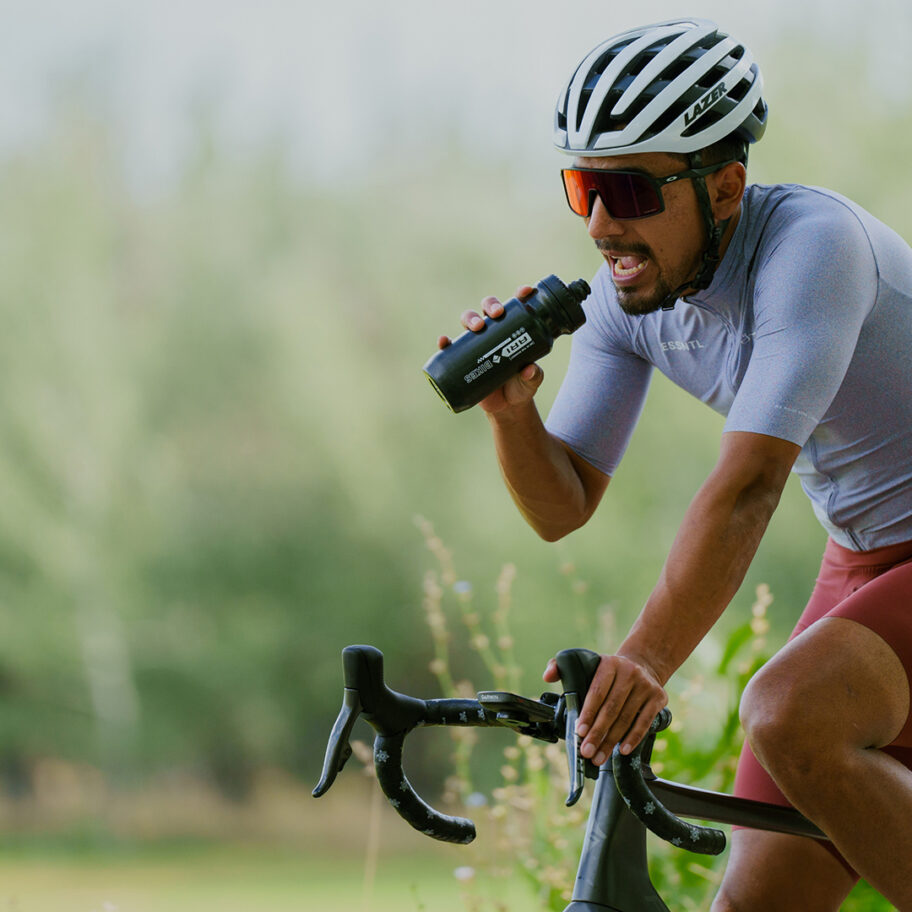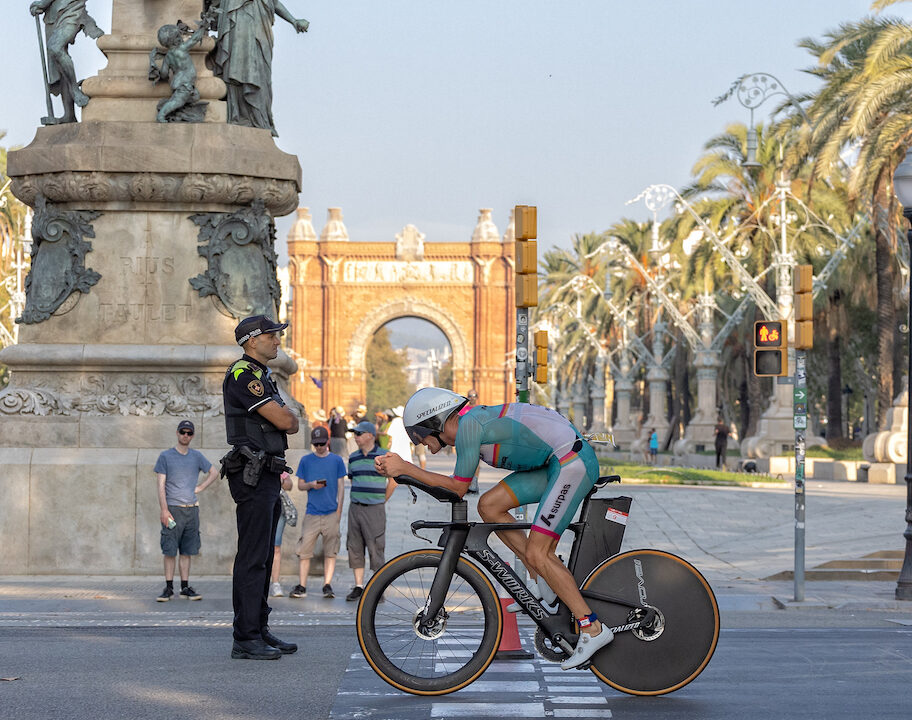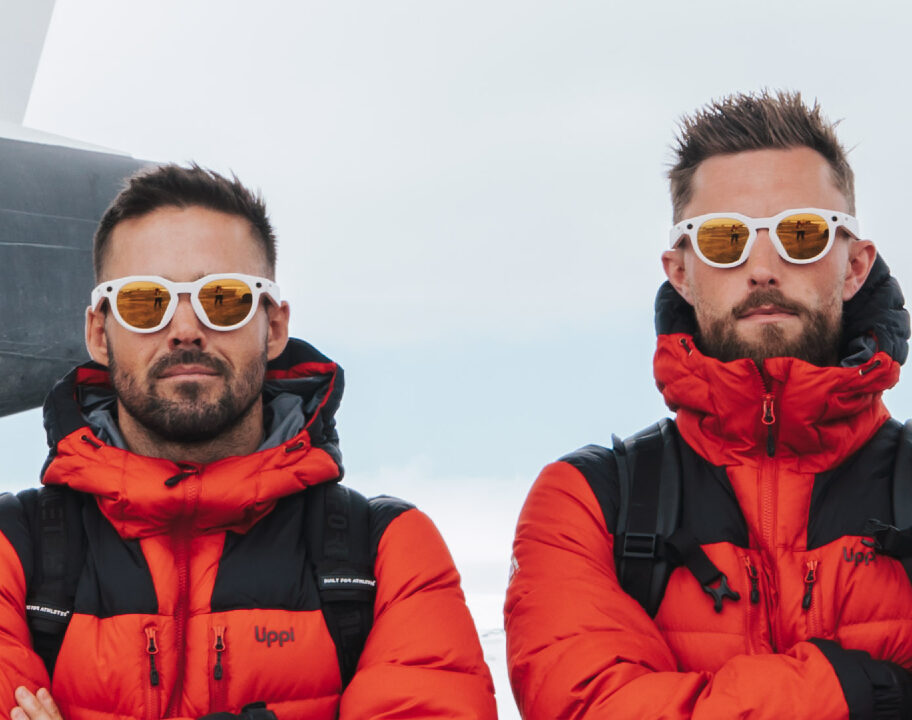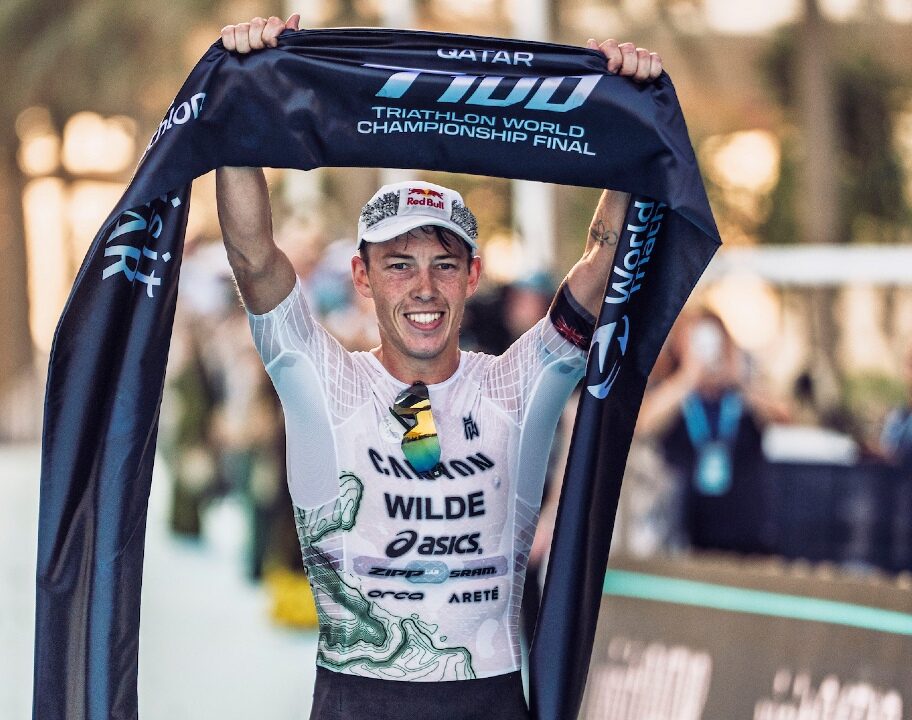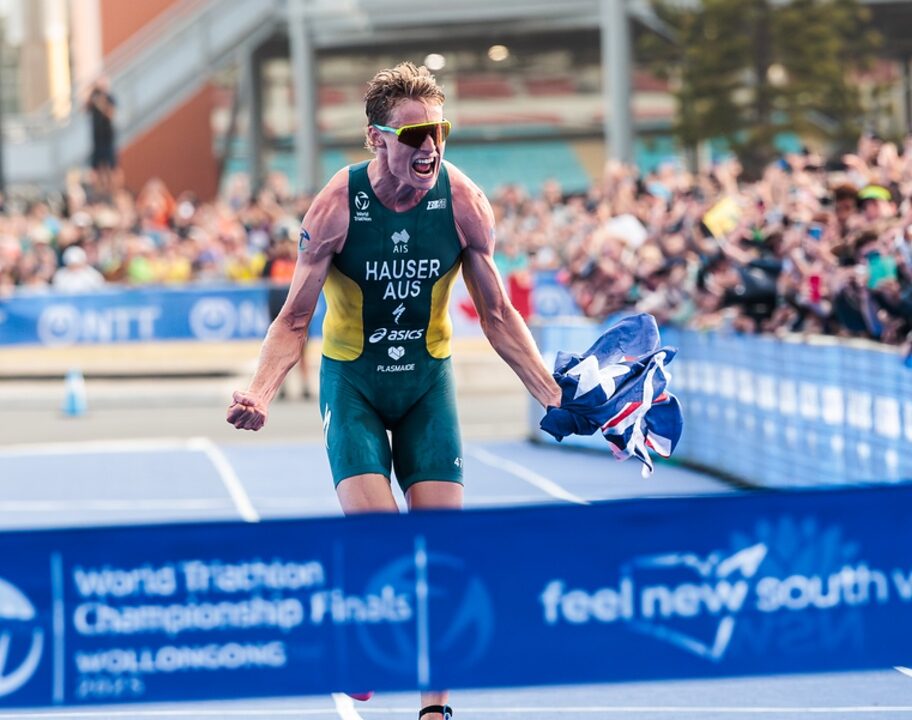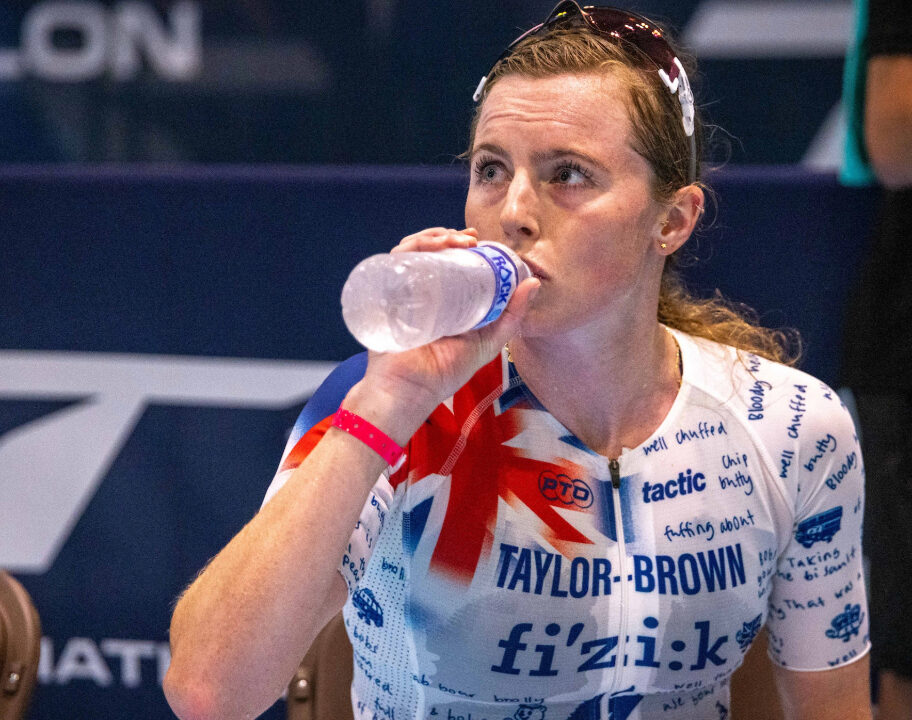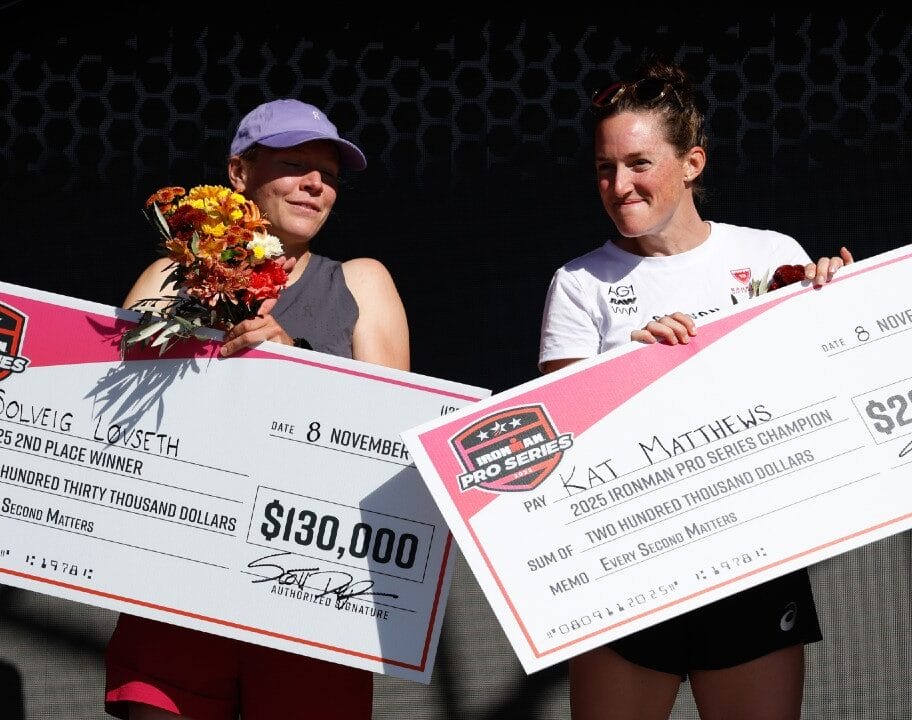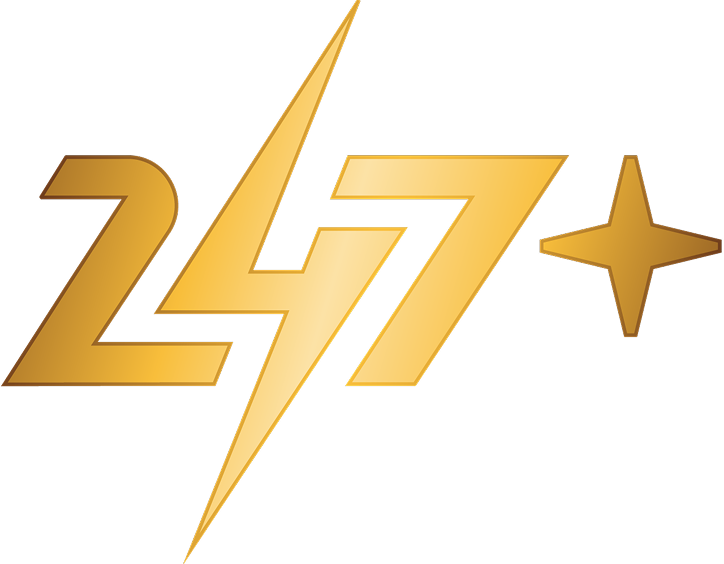Whether you’ve completed a few triathlons, or you’re gearing up for your first race and wondering how long you’ll be out on the race course. You might have wondered what the average triathlon times are, and what it takes to step up to the kudos-earning ‘good finish time’ bracket. Or you might be wondering just how fast the elites go when they battle it out on race day.
Looking at all the major triathlon distances from super sprint to the full Ironman, we’ve created a break-down of the average, good and elite triathlon times. Competitive age-grouper or a beginner just dipping your toe into the world of triathlon. Keep reading to see how you stack up against your fellow triathletes, or set yourself some targets for your next event.
Short course: super sprint, sprint and Olympic distance triathlon times
Wondering what a good time is for a sprint triathlon? Or maybe you’ve caught some of the elite action in the WTCS circuit or the Olympics and you’re interested to find out just how fast the pros go compared to us mere mortals. Find out the average, good and elite times across super sprint, sprint and Olympic distance triathlon.
Super sprint
The precise distances for a super sprint triathlon can vary. The professionals will typically complete a super sprint triathlon during the mixed relay event which is made up of a 300m swim, a 5-7km bike and a 1-2km run. At the Tokyo Olympics, Team GB took gold in the mixed relay with the Jess Learmonth and Georgia Taylor-Brown completing their legs in around 21 minutes, while Alex Yee and Jonny Brownlee completed the distances around the 20 minute mark.
At age group super sprint races, the distances are typically a little longer. For a beginner, a good time to aim for over the super sprint distance would be anything under an hour. That equates to taking just under 10 minutes for the swim (2 minutes 30 secs per 100m), 30 minutes for the bike (20km/hour) and completing the run in under 20 minutes (8 mins per km). Those looking to be competitive should be working towards a finish time of 45 minutes – or quicker – for the super sprint distance.
Sprint
At the elite level, sprint distance racing is draft-legal. That means athletes can get aerodynamic advantages on the bike by riding in tight-knit packs. This results in some seriously rapid sprint distance triathlon times in the pro field. Depending on how hilly or technical the course is, the pros can go significantly under 60 minutes for a sprint race. To put that into context, completing a sprint distance triathlon in less than an hour would require you to complete the swim in 10 minutes or less, the bike in around 30 minutes and finish with a sub-20 minute 5km.
Age-group sprint triathlons are usually non-drafting, making hitting the rapid times of the elites a bit more difficult. Some of the very best age-groupers can achieve that sub-60 time. But for most of us, a really good time for a sprint triathlon would be 1 hour 15 minutes or less.
The average time for a sprint triathlon for age-groupers is around 1 hour 30 minutes. That’s challenging but achievable with a good level of training. Aim for a sub-23 minute swim, 40-45 minutes for the bike and 25 minutes for the 5km run.
Olympic
Featuring a 1.5km swim, a 40km bike and a 10km run the Olympic triathlon is the distance you’ll see the best in the world race over as they compete for Olympic medals. In the elite field, it’s not unusual to see times significantly under 2 hours.
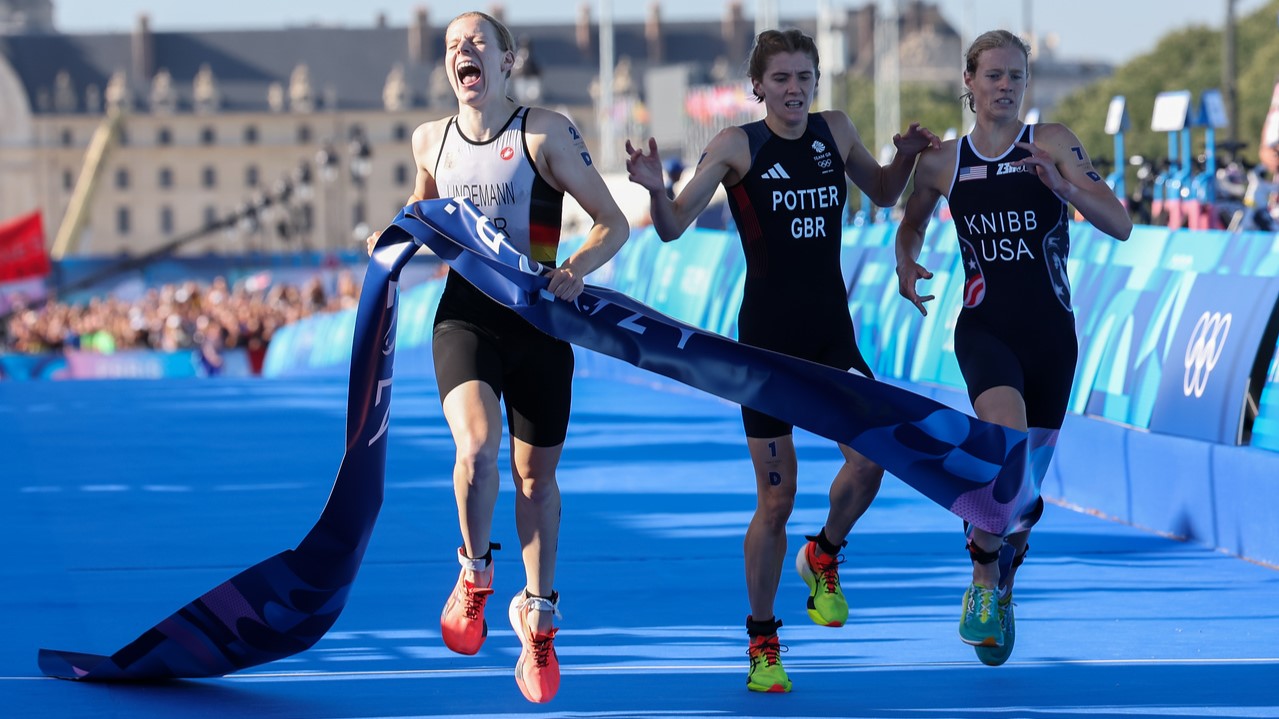
But what’s a good Olympic triathlon time for age group athletes? If you’re looking to be competitive, then aim to go under 2.5 hours. But if you’re just stepping up to Olympic distance triathlon, a more achievable target might be around the 3 hour mark. Aim to complete the swim in 30 minutes or less, the bike in 90 mins and the 10km just under an hour.
Middle-distance: Half Ironman, 70.3 and 100km good and average times
Middle distance triathlon typically refers to the 70.3 mile half IRONMAN distance. But with the PTO introducing more age group racing to their increasingly popular 100km race format, we’ll also take a look at what time you should be targeting if you’re planning to take on a T100 race.
Half Ironman and middle distance
Middle distance or Half Ironman finishing times can vary greatly, due to the huge variety of courses out there. The super-fast, super-flat course at Challenge Šamorín for example is going to offer up speedier finish times for pros and age-groupers alike compared to a hilly race that takes place at altitude such as IRONMAN 70.3 Zell am See.
In the pro field, you can expect to see the elites finishing in between 3.5 to 4 hours. For amateur triathletes, a really good time that will have you within striking distance of the podium in your age group is 5 hours or less. That will involved being able to complete the bike in around 2.5 hours and running a sub-90 minute half marathon.
A solid, average finish time for a middle distance or IRONMAN 70.3 event is anything under six hours. Typically races will have cut off times for each discipline, and while this varies from race to race the cut off time for a middle distance race is usually 8 hours 30 minutes.
Read our full analysis of ‘What is a good IRONMAN 70.3 time?’
PTO T100 – 100km triathlon
Average time: 5 hours 45 minutes
Good time: 4 hours 30 minutes
Elite time: 3 hours 30 minutes
The Professional Triathletes Organisation brought the high octane 100km distance triathlon we’ve seen the PROs tackle to age groupers for the first time in 2023. And as they’ve expanded their age group racing calendar, the 100km distance has grown in popularity – with more event organisers adding a 100km option to their race weekends. But what is a good time to target for a 100km triathlon?

The professionals are typically storming through the 100km distance in around 3 and a half hours. But looking at the age-group results from the T100 race in Singapore in 2023, a solid average time to aim for would be between 5hrs 30 minutes to 5hrs 45 minutes. And to be at the pointy end of the field, a good time for the 100km would be 4 hours 30 minutes or quicker.
Full distance: Ironman finish times, cut offs and records
Completing the Ironman distance of 140.6 miles of swim-bike-run is a huge achievement, regardless of how long it takes you to finish it. And for first-timers, the aim is usually just to complete the distance within the cut-off times.
But once you’ve got that first finish under your belt, you might be wondering what the average time is for an IRONMAN. And, what it would take to start being in contention for a world championships slot.
Ironman/full distance average and good times
Ironman / full distance triathlon finish times can vary drastically depending on what course you’re racing. Some of the fastest courses will see age groupers posting far quicker times than notoriously tough courses such as IRONMAN Lanzarote.
While the pros are regularly posting times under 8 or 9 hours. For age-groupers the average finish time for an Ironman or full distance race is said to be around 13 hours for men and 14 hours for women. Getting to that sort of level is going to take a lot of training, and plenty of age groupers will be closer to the cut off times of 16-17 hours. The fastest age-groupers will be finishing in around 9.5-10 hours. But for most of us, finishing in under 11 hours would be a huge achievement.
The finishing time required to be competitive and qualify for the IRONMAN World Championships depends on the typical finish times of the top people in your age group. Look at results from previous races to find out how quick you’ll need to be to have a chance of contending for that Kona or Nice slot.
Fastest Ironman triathlon times
The current full distance fastest time for women is held by Anne Haug, who completed Challenge Roth 2024 in an astonishing 8:02:38 finish time. Previously the fastest time accolade was held by triathlon legend Daniela Ryf, with a time of 8:08:21 posted at Challenge Roth in 2023. Haug’s time is 16 minutes faster than the previous Iron distance world record (also set at Challenge Roth) which was held by Chrissie Wellington for 12 years. The fastest women’s finish time for an IRONMAN branded race was set by Kat Matthews at IRONMAN Texas 2025. The British star overtook a flying Taylor Knibb on the run course and took the victory with a time of 8:10:34.
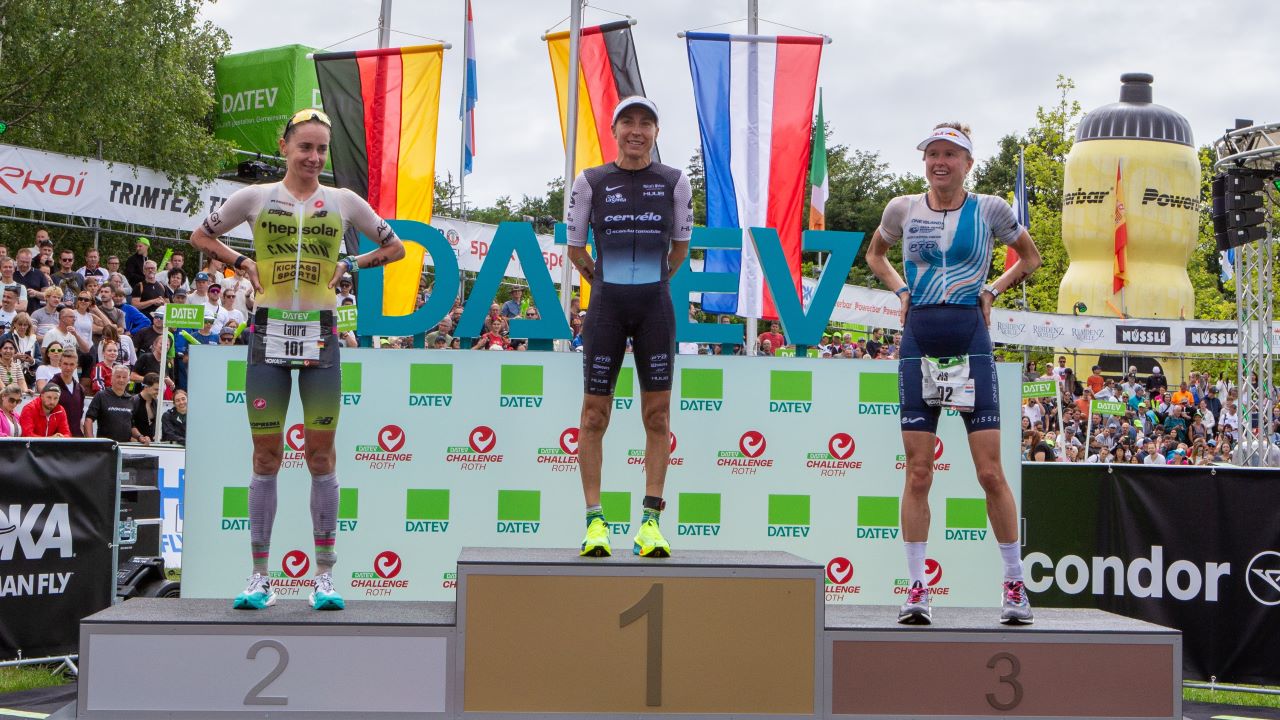
The Ironman distance fastest time for men is technically currently held by Kristian Blummenfelt who completed IRONMAN Cozumel in an incredible 07:21:12 in 2021. It’s worth noting though, that there was significant assistance from the current in the swim at Cozumel – and so generally Blummenfelt’s time isn’t recognised as the fastest. Taking Blu’s time out of the equation, the recognised fastest men’s Ironman finish time is held by Magnus Ditlev. The ‘Great Dane’ beat his own previous record at Challenge Roth 2024 by over a minute to finish in 07:23:24.
The fastest times for the IRONMAN World Championship in Kona are currently held by Lucy Charles-Barclay (08:24:31 set in 2023) and Patrick Lange (07:35:53 set in 2024).
Unlike Marathon running, for example, there’s no official ‘world record’ time for an Ironman because of the huge variations in course profiles and conditions.
Quick-fire recap: average and good triathlon time
For age-groupers, the average sprint triathlon time is 1hr 30 mins.
Elite athletes will complete a sprint triathlon in 50-55 minutes. Age-groupers looking to be competitive should target 1 hour 15 minutes or faster as a good aim.
For the elites, it’s typically around 1 hour 50 minutes. For amateurs, an average finish time is 3 hours.
Age-group triathletes finishing an Olympic triathlon in 2 hours 30 minutes or less will have achieved a very good time.
For men the average Ironman finish time is 13 hours, with women typically finishing in 14 hours.
Cut off times for Ironman distance triathlons vary depending on the race. On average, the cut off time for an Ironman is 16 hours. However some events cut this down to 15 hours, while others (typically where the course is harder) extend it to 17 hours.
The fastest Ironman distance times were both set at Challenge Roth in 2024. Anne Haug holds the fastest time for women, finishing in 08:02:38. And Magnus Ditlev holds the fastest time for men with a 07:23:24. Kristian Blummenfelt’s 07:21:12 finish time at IRONMAN Cozumel in 2021 generally isn’t recognised as the fastest time due to the significant assistance from the current in the swim.


